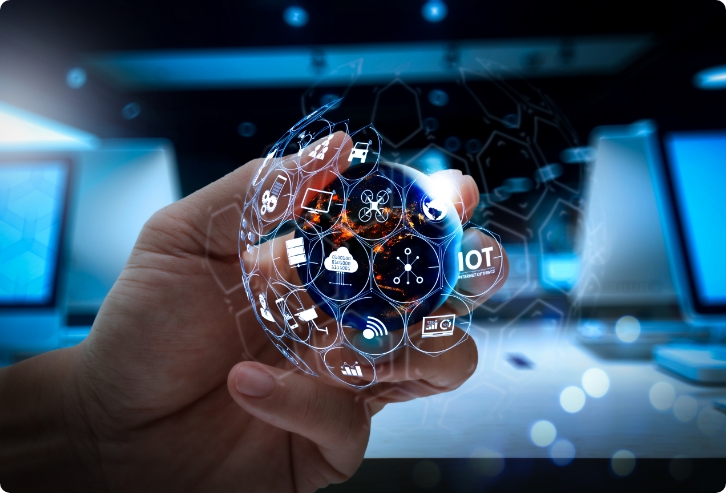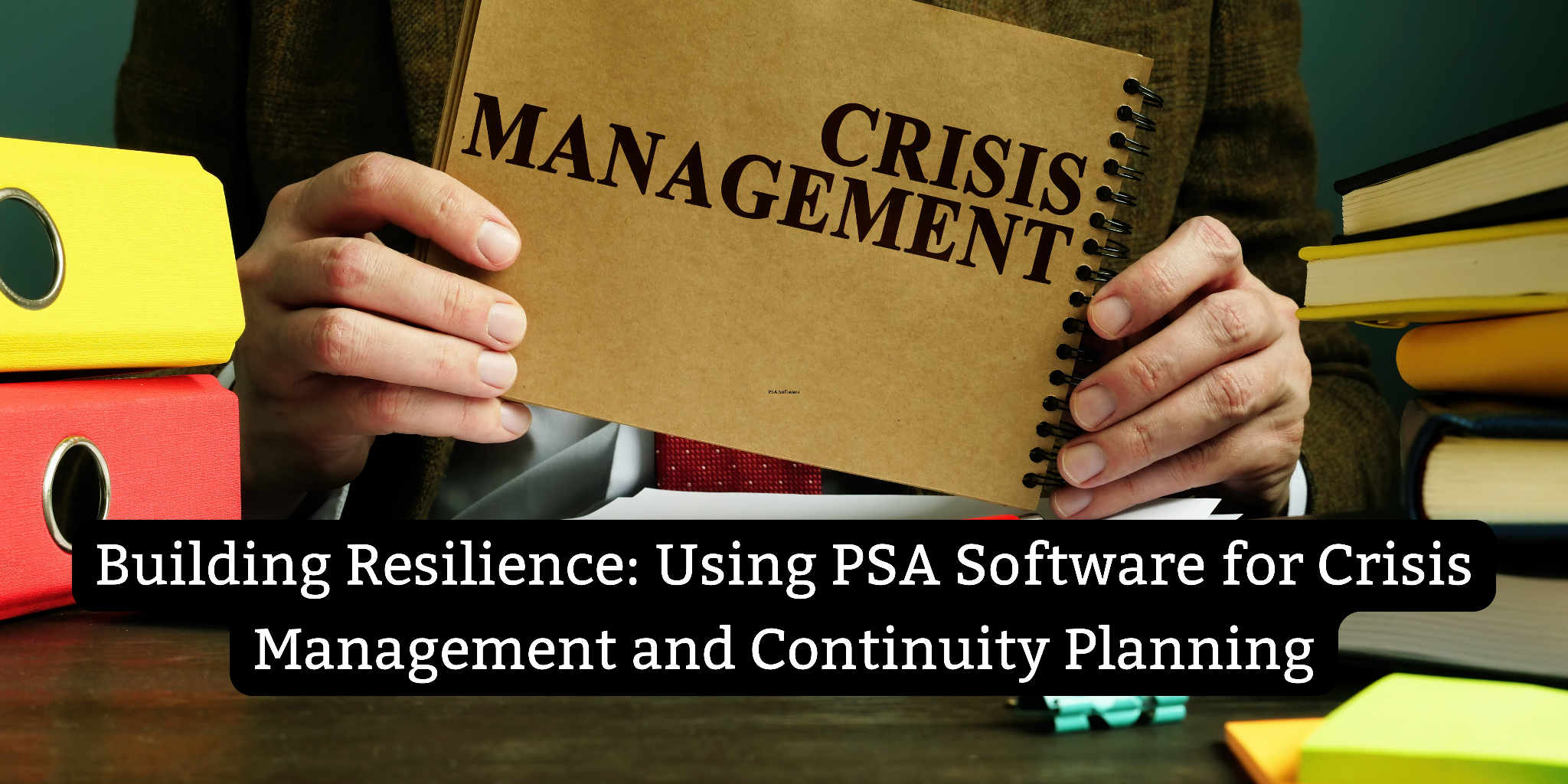The modern digital era of business runs through two essential factors: data analytics and the Internet of Things. These two factors are intrinsically correlated with each other. IoT Analytics assesses vast quantities of data and generates meaningful information from it. It aims to transform a large amount of unstructured data from various devices and sensors across the heterogeneous Internet of Things ecosystem into meaningful and actionable insights to make better and informed business decisions and further data analysis. It also enables organizations to increase operational efficiency, optimize resource utilization, and improve overall performance.
Over the past decade, Data analytics and IoT have become the most essential and popular technologies of the 21st century. These two integral components offer transformative advancements in diverse industries, organizations, and businesses. But these technologies can be learned with any sophisticated Data Analyst Course to help candidates understand the basics of modern data analytics technologies and assist business leaders in making more appropriate decisions.
The collaboration between data analytics and IoT has far-reaching implications. Here, we will explore the relationship between IoT and data analytics in today’s modern era.
Table of Contents
What is the Internet of Things?
IoT (Internet Of Things) is an interconnection through the internet of computing devices embedded in everyday objects that enables them to receive and send data. For example, computing and other physical devices are embedded with sensors, software, and other connecting technologies to connect as well as exchange data with other systems and devices over the internet. It is vital as it increases the means of low-cost computing, analytics, cloud, big data, and mobile technologies so that physical things can share and collect data with minimal human intervention. DMP vs CDP both help you collect data from multiple sources and use it for various purposes.
The Internet of Things can connect our everyday gadgets like cars, kitchen appliances, thermostats, and baby monitors to the internet through embedded devices. It also enables seamless communication between people, processes, and things. It performs tasks through low-power sensor technology, better connectivity, cloud computing, machine learning and analytics, and conversational AI (artificial intelligence).
What is Data Analytics?
Data analytics is analyzing structured and unstructured data to get meaningful insights from data and information. Several processes and techniques have been automated into algorithms and mechanical methods that work together over raw data for human consumption. It helps organizations optimize their performance and encourages them to perform more efficiently, increase profit, and make more strategic decisions. With advanced data analytics technologies like machine learning and predictive modeling, businesses can anticipate trends, solve complex issues, and identify anomalies.
Data analytics has a broad scope across fields, including several goals and techniques that can shift from industry to industry.
Relationship Between IoT and Data Analytics
In one line, we can simply understand the primary relationship between these two terms: “ IoT devices and sensors generate enormous amounts of data, and organizations use analytics to interpret it. The relationship between these two streams is intricate and transformative. Here are some crucial components of the relationship between data analytics and IoT. They are:
- Data Sources and Data Collection
Data is generated from IoT devices in a massive amount by sensors and other embedded technologies that include vast information about user behavior, device status, and environment. These devices continuously collect and transform data in real-time. It also offers a stable stream of information.
- Data Volume and Data Variety
The volume of data generated is always huge and involves several formats such as texts, images, videos, etc. Traditional analytics tools can’t handle the enormous amounts of data. Here comes the value of Big data analytics tools and technologies that can quickly transform data.
- Data transformation
Modern Data analytics technologies can transform unstructured data into structured and valuable information. Data analytics tools clean, aggregate, and organize data that can be used in further analytics, which is essential for extracting worthy insights.
- Data Processing and Data Storage
The enormous amount of data requires advanced techniques like Edge computing that process data closer to the sources. It reduces latency and increases real-time decision-making options. On the other hand, cloud-based analytics is essential in handling and analyzing IoT data sets. These tools provide advanced and scalable storage and computing resources. It also enables organizations to process large datasets efficiently.
- Data Monitoring and Decision-making
Data analytics enables real-time monitoring of IoT data, requiring immediate detection of anomalies or patterns requiring immediate action. This feature is essential in predictive operations in industrial automation, healthcare monitoring, and smart cities where immediate response is required for changing conditions.
- Predictive and Prescriptive Data Analytics
Predictive Analytics involves machine learning and predictive models designed to predict future trends and events based on historical data. It encourages preventive maintenance, better optimization processes, and overall improved efficiency.
- Privacy and Security
Privacy and security are the biggest challenges of IoT devices and other confidential data and information. Modern data technologies are designed to ensure the security of the IoT ecosystem through anomaly detection algorithms and threat detection.
- Business Intelligence
Several organizations implement IoT data analytics to improve resource utilization, optimize operations, and enhance efficiency. For example, Advanced business intelligence tools can help optimize inventory levels and streamline logistics in supply chain management.
- Improved User Experience
Advanced Personalization processes can customize, improve, and enhance user experience by analyzing users’ preferences and behavior. With personalization, organizations can provide improved products and services and enhance user experience.
- Data Governance
IoT Data Analytics supports robust data governance practices when dealing with sensitive data, as regulations around data security and privacy are essential.
Conclusion
The combination of Data Analytics and IoT represents a crucial collaboration in the evolution of technology. It promises to transform our lifestyle into a brighter and more interconnected future. It allows organizations to harness the power of real-time data for better decision-making, efficient business operations, and innovation across industries.
Together, these technologies can gear up the progress of the modern digital era and provide new opportunities for businesses and individuals. So, IoT and Data Analytics are vital and advantageous if they work together for any organization to achieve business goals efficiently.











